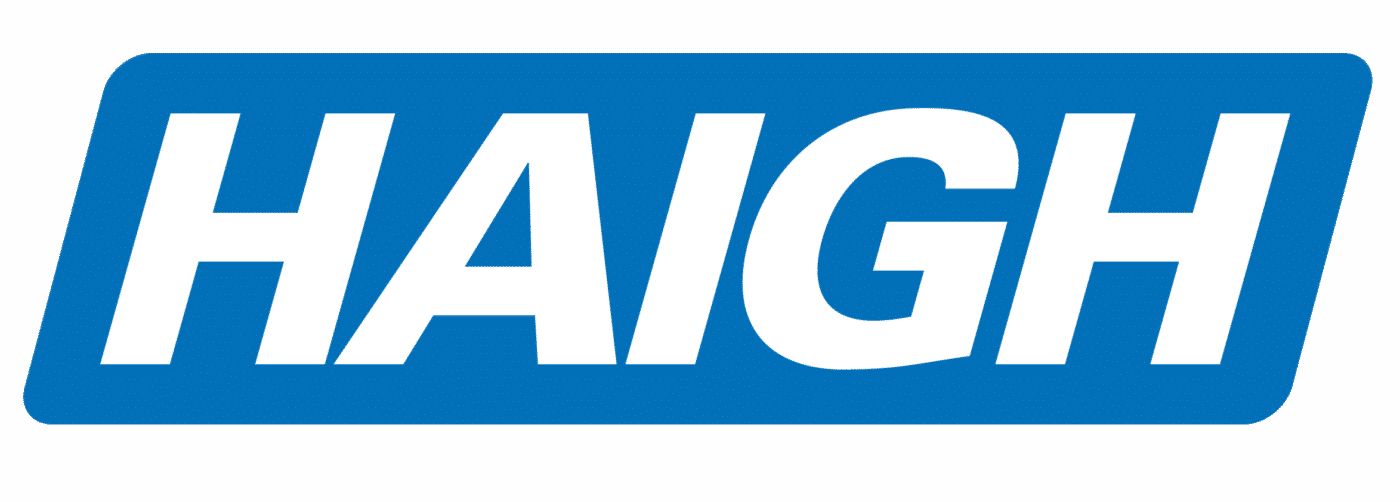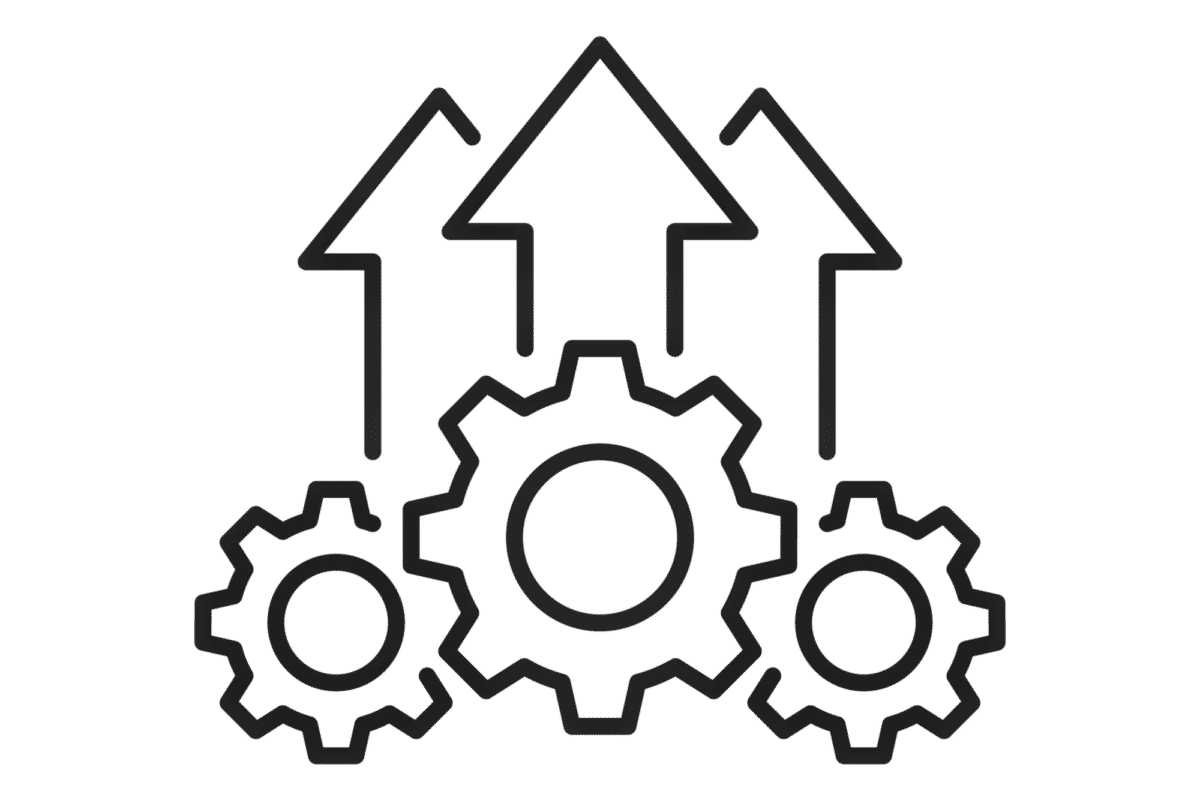Learning how to optimise your Anaerobic digestion process is how the plant becomes more efficient in small increments. As we know, the process of AD has to be running at optimal levels to be profitable. Therefore, optimisation means profitability. It can be hard to know what to optimise or how to go about doing it. In this article, we will uncover three main areas of your process that you can implement changes to.
How to Optimise Your Process
The Process
Firstly, we can look to optimise your anaerobic digestion process by looking at how the process is run. If the technology provider has created a specific program to enable the process to run at its best, but the operator has decided to put the process in manual or override a particular part of the process, then it will be running sub-optimally.
The technology provider has designed the program to reduce variability and ensure the process remains as stable as possible. Of course, it is justified if one part of the process has failed and is causing severe inefficiency in the rest of the system. Therefore, it would be ideal for the operator to use the manual mode to implement a temporary solution whilst the failure is rectified. Once we have ensured that our process is running the dedicated program, then we can move on to looking at other aspects of the process.
The Equipment
The second element we can consider optimising is our equipment. The equipment is an important aspect – without the hardware, the process quite literally wouldn’t run. This can be anything from pumps to macerators and mixers.
To optimise the performance of our equipment, we first have to monitor it over a period of time. Typical monitoring can consist of monitoring hours run, amps being drawn, frequency of operation and output/throughput that is achieved. Once this data has been collected, we can then assess for potential opportunities.
Control Loops
The last of the optimisations is the control sequences. There are hundreds of control loops within the program on an AD system. These control loops each have their duty to monitor a particular aspect of the process. For example, these can be the temperature in the digester, the level in the tank or even the flow throughout the process. If one of these control loops isn’t operating correctly or is too slow to react, it can start to cause inefficiencies in the process, which then will have a knock-on effect.
Much like the equipment optimisations, it is best to monitor the data and compare this against the benchmarks. If the data for a particular control loop is producing an anomaly, then it can be spotted quickly and dealt with.
Getting the metrics correct within an AD system is particularly important as any slight change in temperature or pH can be the difference between profits and losses. If the digester sours at any point, then it is a long and costly process to empty, refill and restart the system over again.
More on process optimisation –
https://pipe-liner.com/2021/10/18/how-to-optimise-your-process/
https://pipe-liner.com/2021/10/25/the-process-optimisation-timeline/

